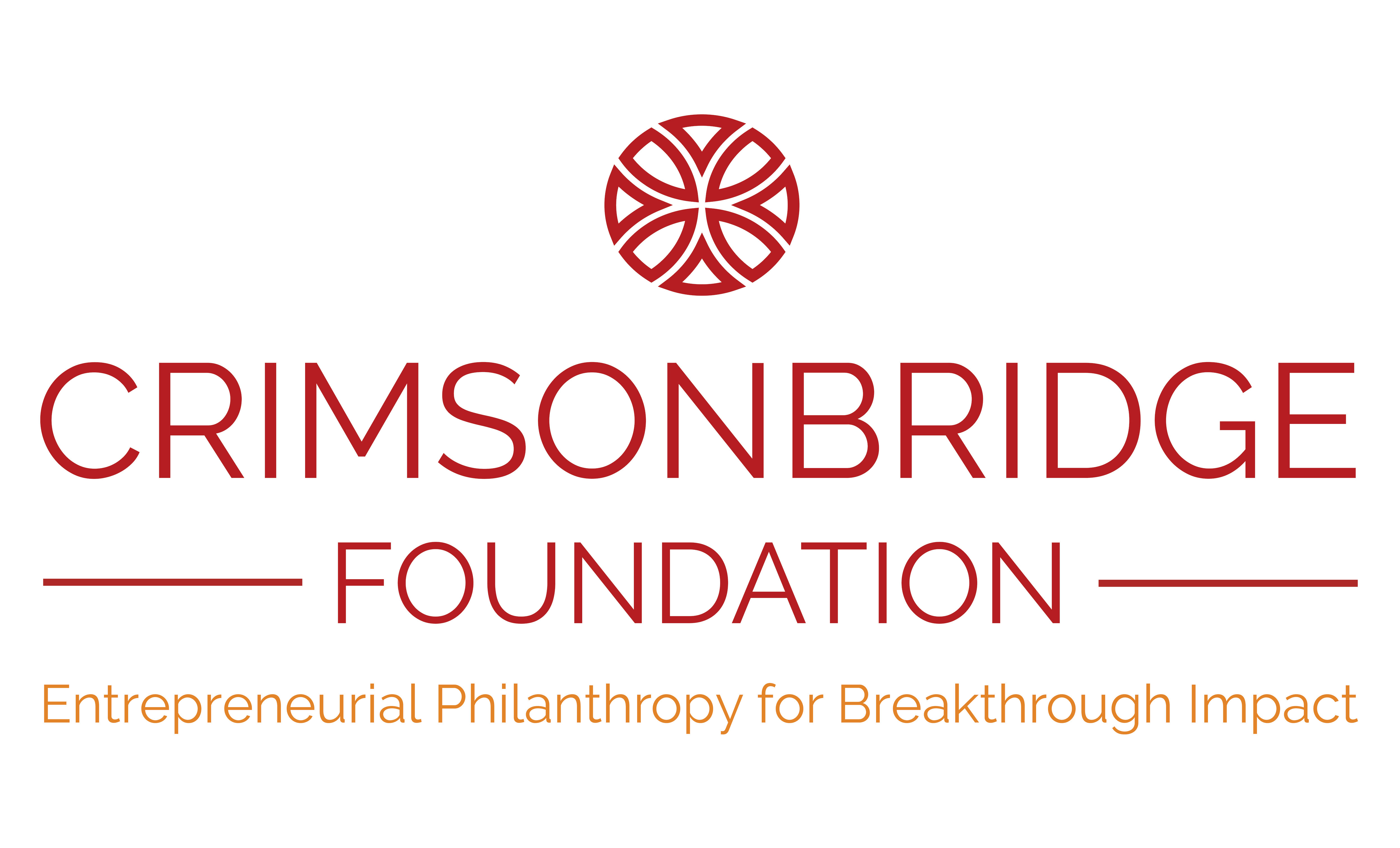Journal of First-generation Student Success
Learn more about the first academic journal dedicated to the success of first-generation college students.
As of 2020, 54 percent of undergraduate students in the United States identified as first-generation, defined as an undergraduate student whose parents do not have a bachelor’s degree. The fact sheets presented below provide information about first-generation college students’ demographic characteristics, enrollment characteristics, and experiences during the early COVID-19 pandemic. Many of the findings draw comparisons to the National Data Fact Sheets from 2019.
Surveyed students were enrolled in Title IV eligible postsecondary institutions in the academic year 2019–20. The data source is the 2019–20 National Postsecondary Student Aid Study (NPSAS:20) from the National Center for Education Statistics (NCES), U.S. Department of Education. The number of survey respondents was about 81,000, representing a population of 17.1 million undergraduate students. When considering how the statistics in these fact sheets may relate to the students at your institution, please read the footnotes for important information, including definitions of key terms and the data source. The average profile of students at your institution may be very different from the national sample of undergraduates used for these fact sheets.
The third and fourth fact sheets provide statistics about the four-year post-graduation experiences of individuals who earned a bachelor’s degree from a Title IV postsecondary institution in the academic year 2015–16. The data source is the 2016/20 Baccalaureate and Beyond Longitudinal Study (B&B:16/20) from NCES. B&B:16/20 was released in 2023 and is the most recent cohort and wave of B&B. The number of survey respondents was about 17,160. The weighted sample size (population size) is about 2 million. First-wave data about the same cohort of college graduates are available in the National Data Fact Sheets from 2021.
In all four fact sheets, the race/ethnicity categories are mutually exclusive. NASPA recognizes that each racial identity is defined by diverse populations. While aggregation is a useful tool to understand patterns, there are opportunities for continued study to disaggregate the data further. “AI, AN, NH, or PI” is short for American Indian, Alaska Native, Native Hawaiian, or other Pacific Islander. Percentages are rounded.
These fact sheets were produced for the Center for First-generation Student Success by RTI International, an independent, nonprofit research institute. The suggested citation for each fact sheet is provided below.

The Center for First-generation Student Success and the Crimsonbridge Foundation continue to collaborate and create original research. After releasing the National Data Fact Sheets on First-generation College Graduates and Career Preparation, the partner organizations sought to review data from the earliest months of the pandemic and publish findings influencing the ways colleges and universities support first-generation college students in light of the global pandemic from 2020. The resources developed by the Center enable philanthropy and other key stakeholders to be effective and informed partners in advancing student success work.
Fact sheet 1 shows the percentage of undergraduate students who were first-generation college students, their parents’ median income, their race/ethnicity, and other selected characteristics. The fact sheet also displays the percentage of undergraduates who were first-generation college students by type of minority-serving institution and by college sector.
Highlight: The median income of first-generation students’ parents was $41,000 in both 2016 and 2020, but the median income of continuing-generation students’ parents increased from $90,000 in 2016 to $103,000 in 2020.
Suggested Citation: RTI International. (2023). First-generation College Students in 2020: Demographic Characteristics and Postsecondary Enrollment. Washington, DC: NASPA. Retrieved from https://firstgen.naspa.org/files/dmfile/15405_NASPA_FactSheet-01.pdf
Fact sheet 2 describes the experiences of first-generation undergraduate students during the early COVID-19 pandemic, from January to June 2020. The statistics shown include the percentage of first-generation students who withdrew from their college, who had difficulty accessing or paying for food, and who received emergency financial assistance through their college.
Highlight: Twelve percent of first-generation students and 7 percent of continuing-generation students had difficulty accessing or paying for food as a result of the COVID-19 pandemic.
Suggested Citation: RTI International. (2023). First-generation College Students’ Experiences During the Early COVID-19 Pandemic: 2020. Washington, DC: NASPA. Retrieved from https://firstgen.naspa.org/files/dmfile/15405_NASPA_FactSheet-02.pdf
Fact sheet 3 describes first-generation college graduates’ experiences with employment, finances, and additional education four years after they earned a bachelor’s degree. The fact sheet includes median earnings, employer type, and the percentage who enrolled in graduate school.
Highlight: 14% of first-generation college graduates and 24% of continuing-generation college graduates had enrolled in a research or professional doctorate program within four years of earning a bachelor’s degree.
Suggested Citation: RTI International. (2024). First-generation College Graduates after Four Years: Employment, Finances, and Additional Education. Washington, DC: NASPA. Retrieved from https://firstgen.naspa.org/files/dmfile/15405_NASPA_FactSheet-03.pdf
Fact sheet 4 describes first-generation college graduates’ experiences during the COVID-19 pandemic, from 2020 to 2021. The fact sheet includes statistics about failing to meet essential expenses, deferment on private student loans, and taking on additional family or child care, among other difficulties.
Highlight: 14% of first-generation college graduates and 8% of continuing-generation college graduates did not meet essential expenses in the previous year because of the COVID-19 pandemic.
Suggested Citation: RTI International. (2024). First-generation College Graduates after Four Years: Experiences during the COVID-19 Pandemic: 2020 to 2021. Washington, DC: NASPA. Retrieved from https://firstgen.naspa.org/files/dmfile/15405_NASPA_FactSheet-041.pdf